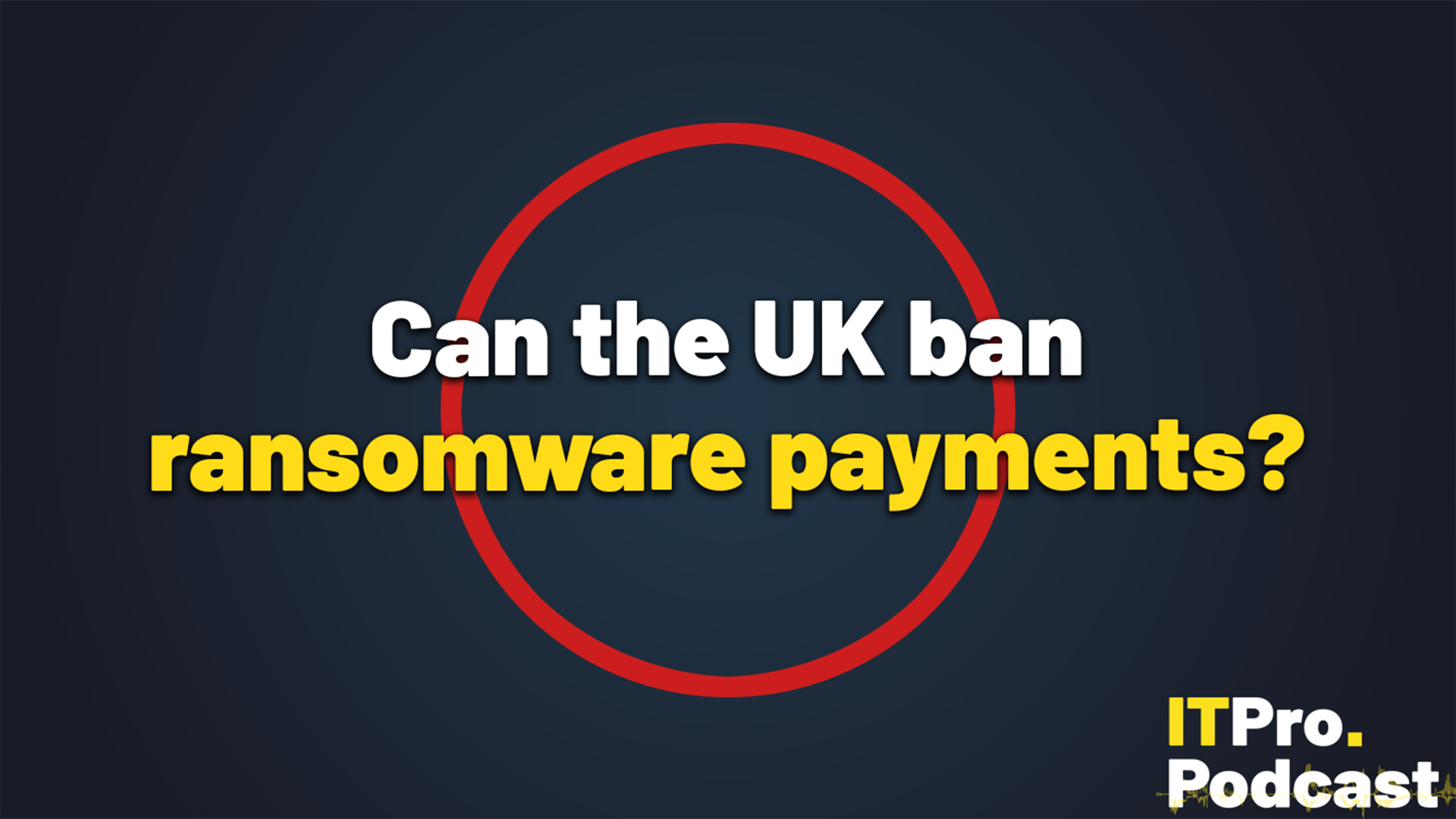Hackers are turning Amazon S3 bucket encryption against customers in new ransomware campaign – and they’ve already claimed two victims
Attackers are using AWS’ server-side encryption to conduct ransomware attacks


Hackers who were able to steal data belonging to two AWS customers used the platform’s encryption capabilities to conduct a novel type of ransomware attack, researchers have warned.
A new report from cyber resilience firm Halcyon’s RISE team identified a new ransomware campaign targeting Amazon S3 buckets, where the attackers leverage AWS’ server-side encryption along with the Customer Provided Keys (SSE-C) to encrypt victim data.
The group, referred to as ‘Codefinger’ in the report, is reported to have attacked at least two victims, but the technique represents a worrying development as it requires no exploitation of vulnerabilities in the AWS platform.
Instead, if the threat actor is able to steal a customer’s account credentials they are able to use AWS’ secure encryption infrastructure to lockdown the victim’s data, with no known method of recovery without meeting their demands.
The attacker generates and stores AES-256 encryption keys locally, and Halcyon noted that because AWS does not store the encryption key it cannot help recover the data when victims report an attack.
AWS only logs a hash-based message authentication code (HMAC) of the key in its governance service, which the report states is insufficient for recovering any encrypted data, or for forensic analysis of the attack either.
Once they have encrypted the victim’s assets, the files are marked for deletion within seven days in order to coerce the victims into paying, warning them not to try to alter their account permissions and interfere with their access.
Sign up today and you will receive a free copy of our Future Focus 2025 report - the leading guidance on AI, cybersecurity and other IT challenges as per 700+ senior executives
Hardening Amazon S3 to avoid compromise
The report noted that although Amazon’s server-side encryption feature has been around for some time, this looks like the first time ransomware operators have used it for malicious purposes, stating that it identified two victims who were impacted by the attack “in recent weeks”.
Halcyon said AWS users can mitigate the threat and harden their AWS environments by restricting SSE-C usage, monitoring and auditing their keys, and implementing advanced logging.
Customers should regularly review permissions for their AWS keys, Halcyon advised adding they should also disable unused keys and rotate active keys frequently.
ITPro approached AWS for a statement on the technique and a spokesperson for the firm said it protects customers to the best of its ability when their keys are exposed, pointing to its shared responsibility model for cloud assets.
RELATED WHITEPAPER

“AWS helps customers secure their cloud resources through a shared responsibility model. Anytime AWS is aware of exposed keys, we notify the affected customers,” the spokesperson said.
“We also thoroughly investigate all reports of exposed keys and quickly take any necessary actions, such as applying quarantine policies to minimize risks for customers without disrupting their IT environment.”
The spokesperson added that all customers are strongly advised to act quickly if they believe their credentials may have been compromised.
“We encourage all customers to follow security, identity, and compliance best practices. In the event a customer suspects they may have exposed their credentials, they can start by following the steps listed in this post. As always, customers can contact AWS Support with any questions or concerns about the security of their account.”

Solomon Klappholz is a former staff writer for ITPro and ChannelPro. He has experience writing about the technologies that facilitate industrial manufacturing, which led to him developing a particular interest in cybersecurity, IT regulation, industrial infrastructure applications, and machine learning.
-
 Can the UK ban ransomware payments?
Can the UK ban ransomware payments?ITPro Podcast Attempts to cut off ransomware group profits could instead harm businesses
-
 Intel to axe 24,000 roles, cancels factory plans in sweeping cost-cutting move
Intel to axe 24,000 roles, cancels factory plans in sweeping cost-cutting moveNews Despite better than expected revenue in its Q2 results, the chip giant is targeting a leaner operation
-
 The ransomware boom shows no signs of letting up – and these groups are causing the most chaos
The ransomware boom shows no signs of letting up – and these groups are causing the most chaosNews Thousands of ransomware cases have already been posted on the dark web this year
-
 Everything we know about the Ingram Micro cyber attack so far
Everything we know about the Ingram Micro cyber attack so farNews A cyber attack on Ingram Micro severely disrupted operations and has been claimed by the SafePay ransomware group.
-
 A prolific ransomware group says it’s shutting down and giving out free decryption keys to victims – but cyber experts warn it's not exactly a 'gesture of goodwill'
A prolific ransomware group says it’s shutting down and giving out free decryption keys to victims – but cyber experts warn it's not exactly a 'gesture of goodwill'News The Hunters International ransomware group is rebranding and switching tactics
-
 Swiss government data published following supply chain attack – here’s what we know about the culprits
Swiss government data published following supply chain attack – here’s what we know about the culpritsNews Radix, a non-profit organization in the health promotion sector, supplies a number of federal offices, whose data has apparently been accessed.
-
 Ransomware victims are getting better at haggling with hackers
Ransomware victims are getting better at haggling with hackersNews While nearly half of companies paid a ransom to get their data back last year, victims are taking an increasingly hard line with hackers to strike fair deals.
-
 LockBit data dump reveals a treasure trove of intel on the notorious hacker group
LockBit data dump reveals a treasure trove of intel on the notorious hacker groupNews An analysis of May's SQL database dump shows how much LockBit was really making
-
 ‘I take pleasure in thinking I can rid society of at least some of them’: A cyber vigilante is dumping information on notorious ransomware criminals – and security experts say police will be keeping close tabs
‘I take pleasure in thinking I can rid society of at least some of them’: A cyber vigilante is dumping information on notorious ransomware criminals – and security experts say police will be keeping close tabsNews An anonymous whistleblower has released large amounts of data allegedly linked to the ransomware gangs
-
 It's been a bad week for ransomware operators
It's been a bad week for ransomware operatorsNews A host of ransomware strains have been neutralized, servers seized, and key players indicted